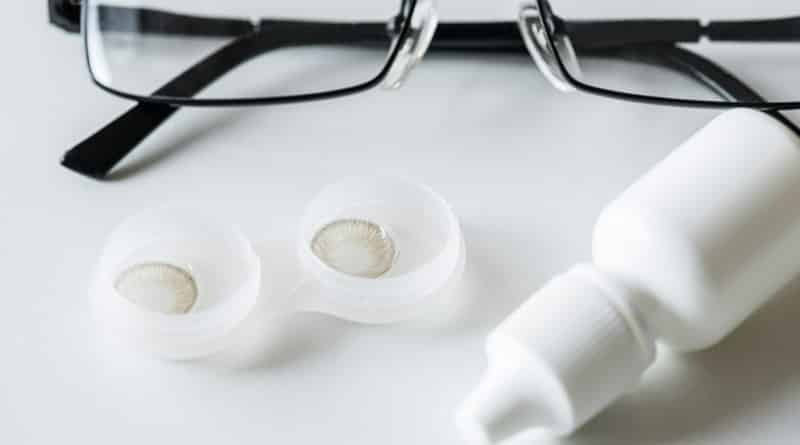There are different types of contact lenses.
They are made of synthetic lenses and will be placed on the surface of your eyes. It can help in correcting your vision problems, including astigmatism, presbyopia, short-sightedness, and long-sightedness.
Astigmatism occurs when you have blurred vision, while presbyopia occurs when your lenses cannot focus.
Contact lenses come in different brands, and one of the most commonly used is Acuvue lenses.
Contact lenses can either be soft or hard. Soft lenses are made of flexible, soft material that absorbs water and adapts to your eye shape.
On the other hand, hard lenses are inflexible gas-permeable plastic that only covers a portion of the cornea.
Usually, soft contact lenses are disposable. Most often, they can last for one day, two weeks, or even one month.
If you want your contact lenses to last longer, then you can choose extended wear lenses. You can wear these lenses for 30 days, and you don’t need to remove them.
Why Do People Use Contact Lenses?
There are various reasons why people choose to wear contact lenses. Some people with visual problems can get better vision when wearing contact lenses instead of glasses.
You can enjoy a wider field of view with contact lenses than glasses since frames do not block your side vision.
Contact lenses will not fog up due to sweat or changes in temperature. Most of all, contact lenses will not be affected by rain.
People involved in sports or other vigorous activities find it more convenient to wear contact lenses than glasses, especially if they are interested in contact sports and water sports.
Facts About Contact Lenses
If you want to wear contact lenses, then you need to have a thorough eye examination. An experienced professional will make sure that your contact lenses fit your eyes.
It is essential to have regular annual check-ups in case there is a need to update your prescription. It can also help in monitoring any changes to your eye health.
Consequently, some people wear Acuvue lenses for novelty purposes or change their eyes’ color. Even if it does not involve any correction in their vision, it is still essential that your contact lenses are properly fitted by an experienced professional.
You can ensure that you are getting proper attention and care for your eyes and contact lenses by undergoing an eye examination. Most importantly, this can help in preventing any risk of eye infection.
Keep in mind that you are embedding an artificial substance directly on the surface of your eyes.
How to Insert a Contact Lens?
First of all, you need to wash and dry off your hands thoroughly. Right from its storage, tip over the contact into your cupped palm.
Check if there are any grit or rips. Place the lens on your finger, making sure that the cup-side is facing upwards.
When putting the lens into your eye, look up and hold your eyelid wide open. Drop the lens on the white area of your eyeball.
When using rigid lenses, it is best to put them directly onto the cornea. Release your eyelid and look down. Blink your eyes a couple of times to make sure that the lens is placed over your cornea.
You need to look after your contact lenses by cleaning and disinfecting them after every use. Use a cleaning solution that is recommended for your particular type of lens.












